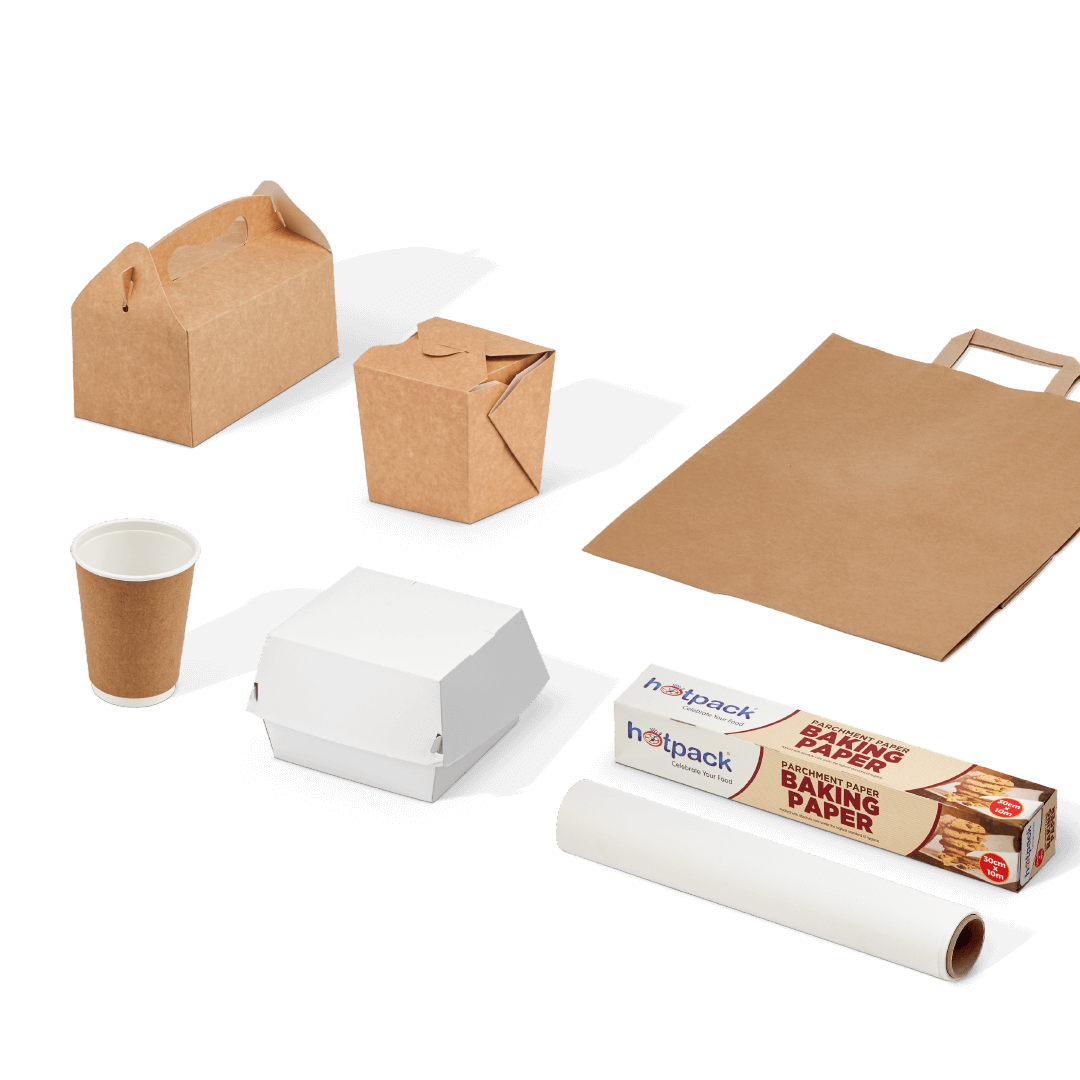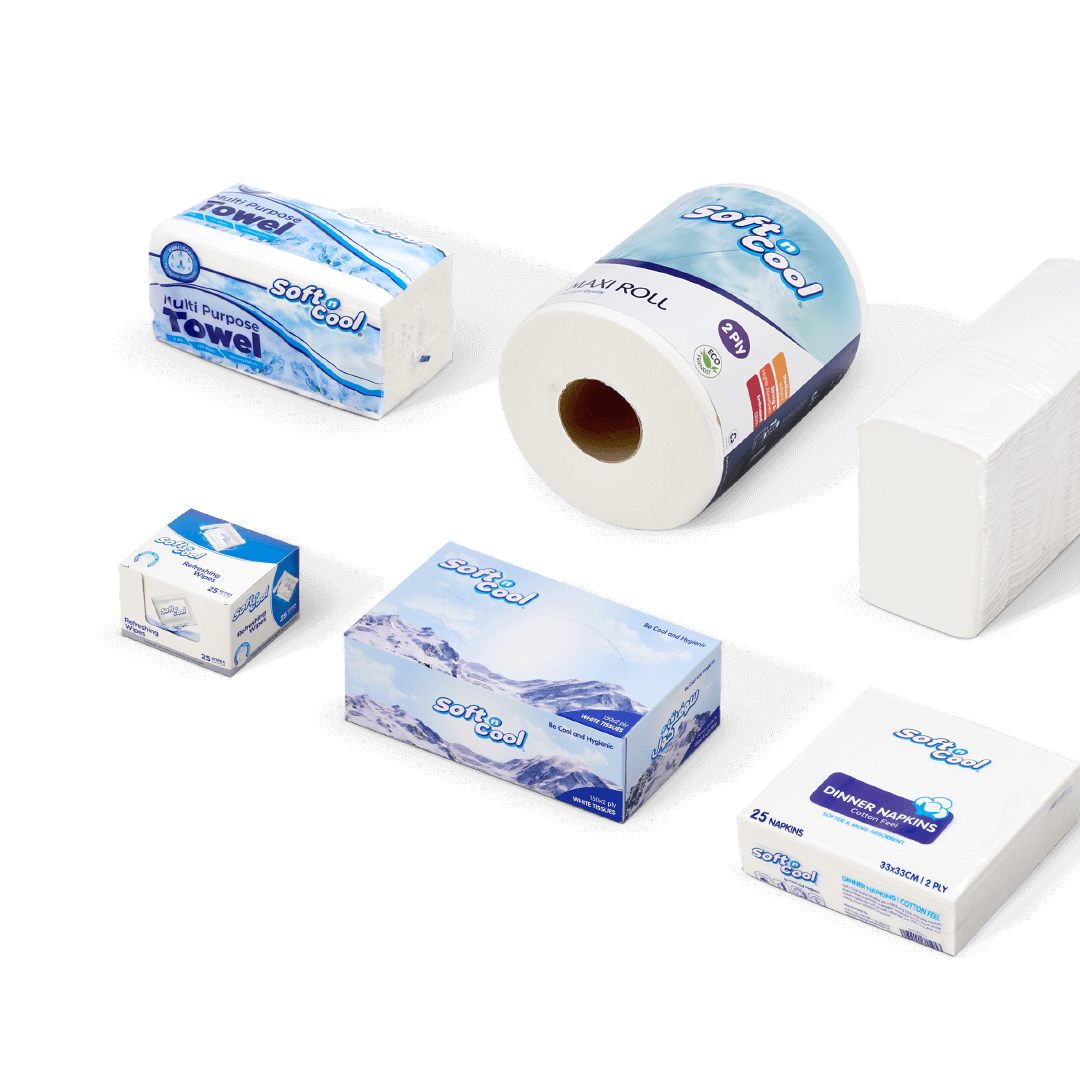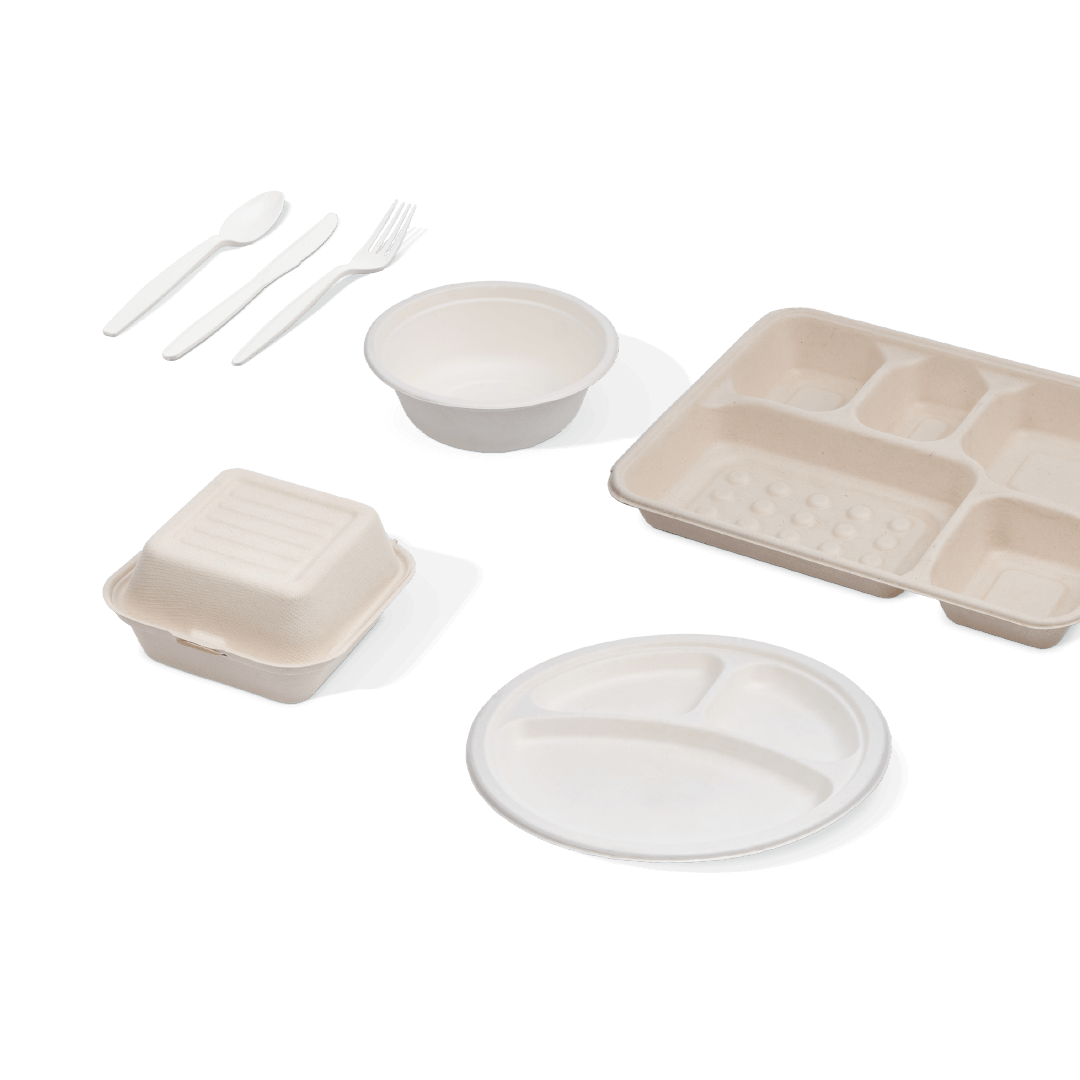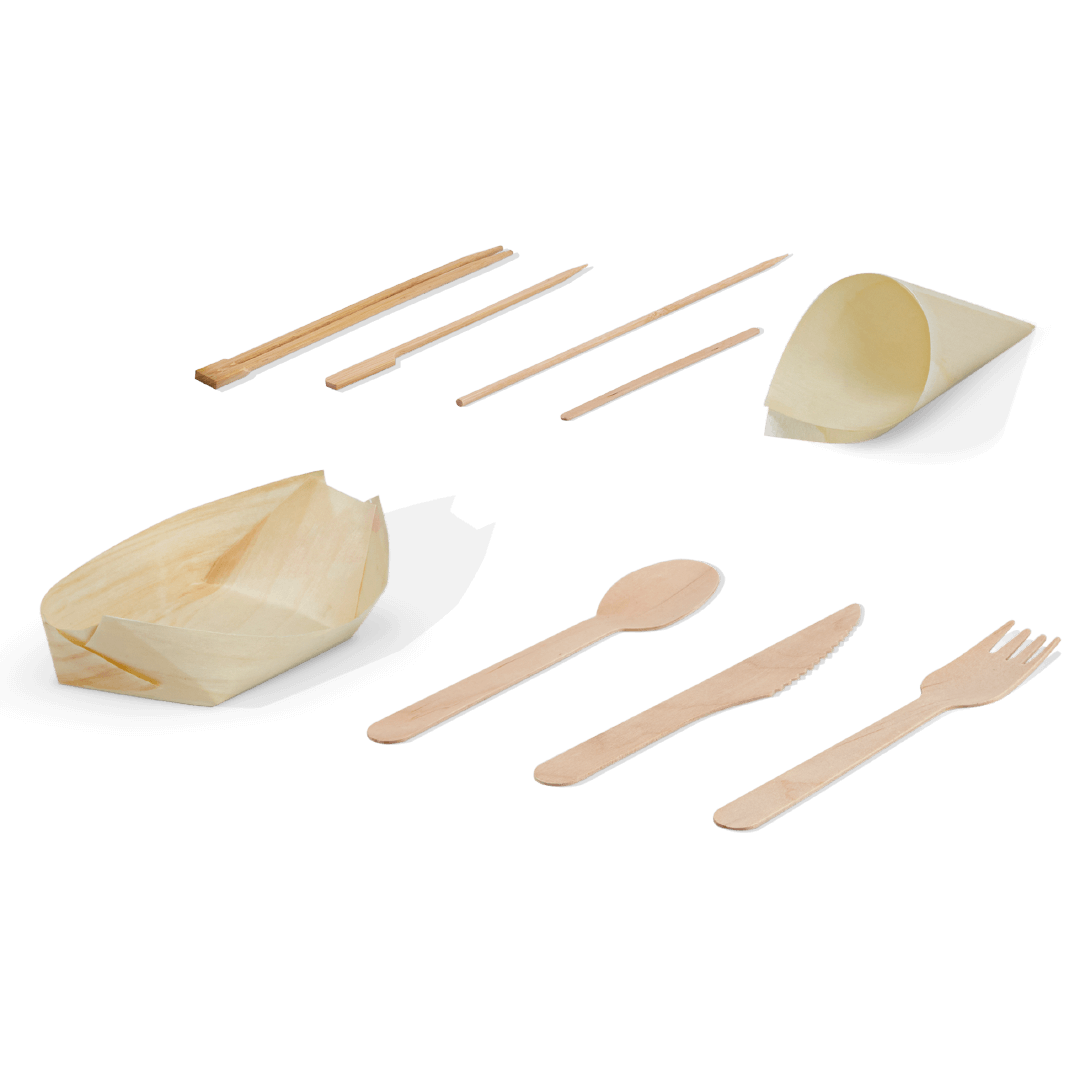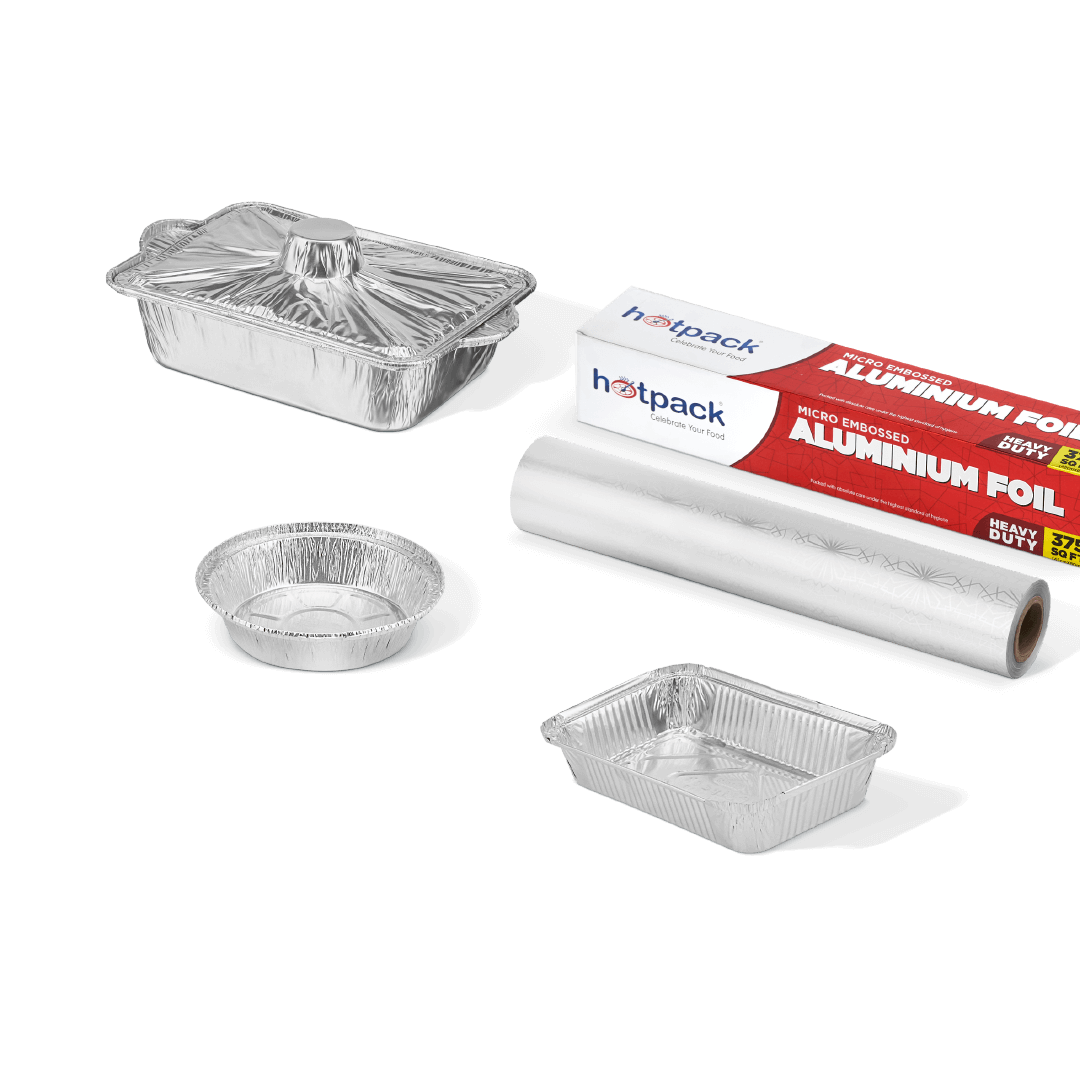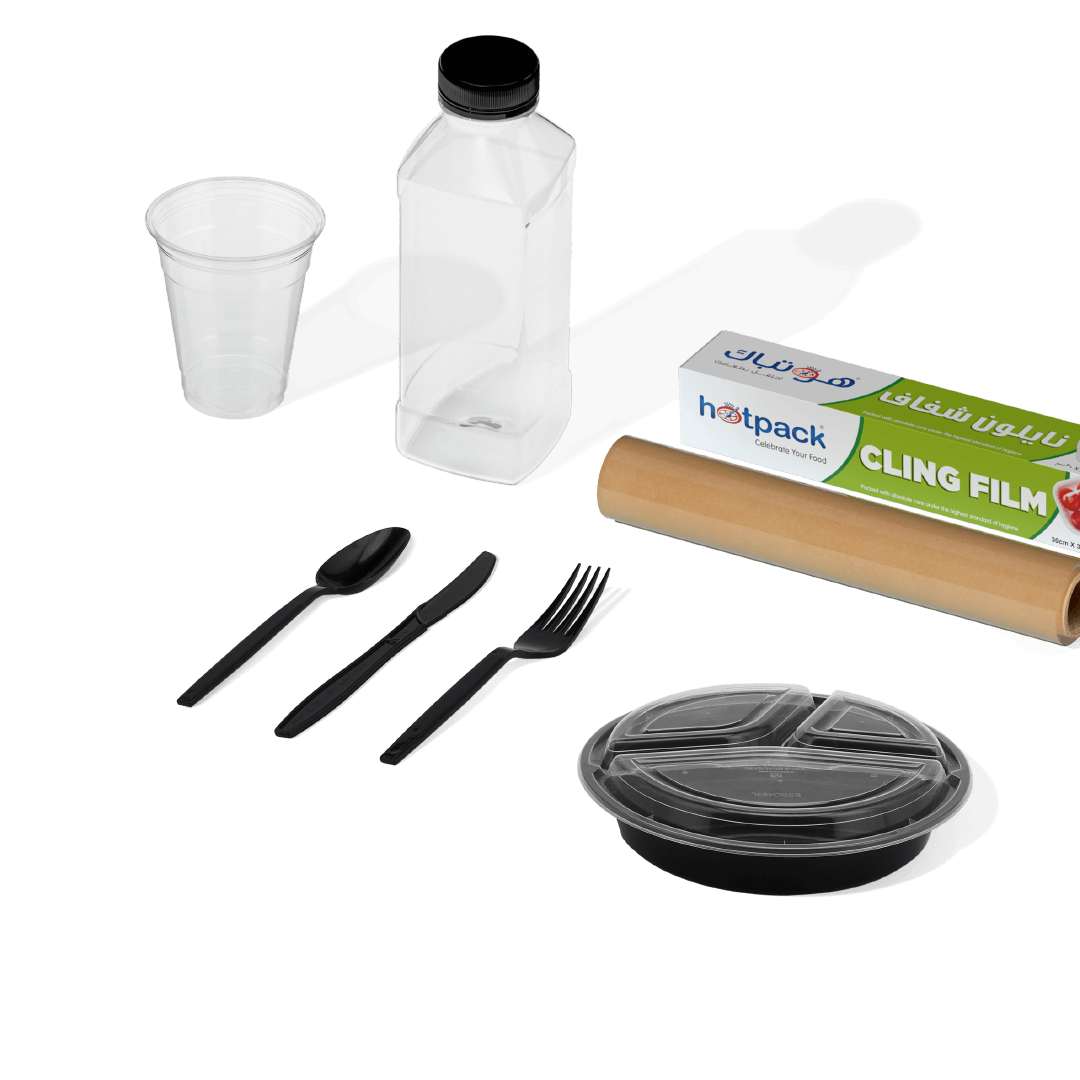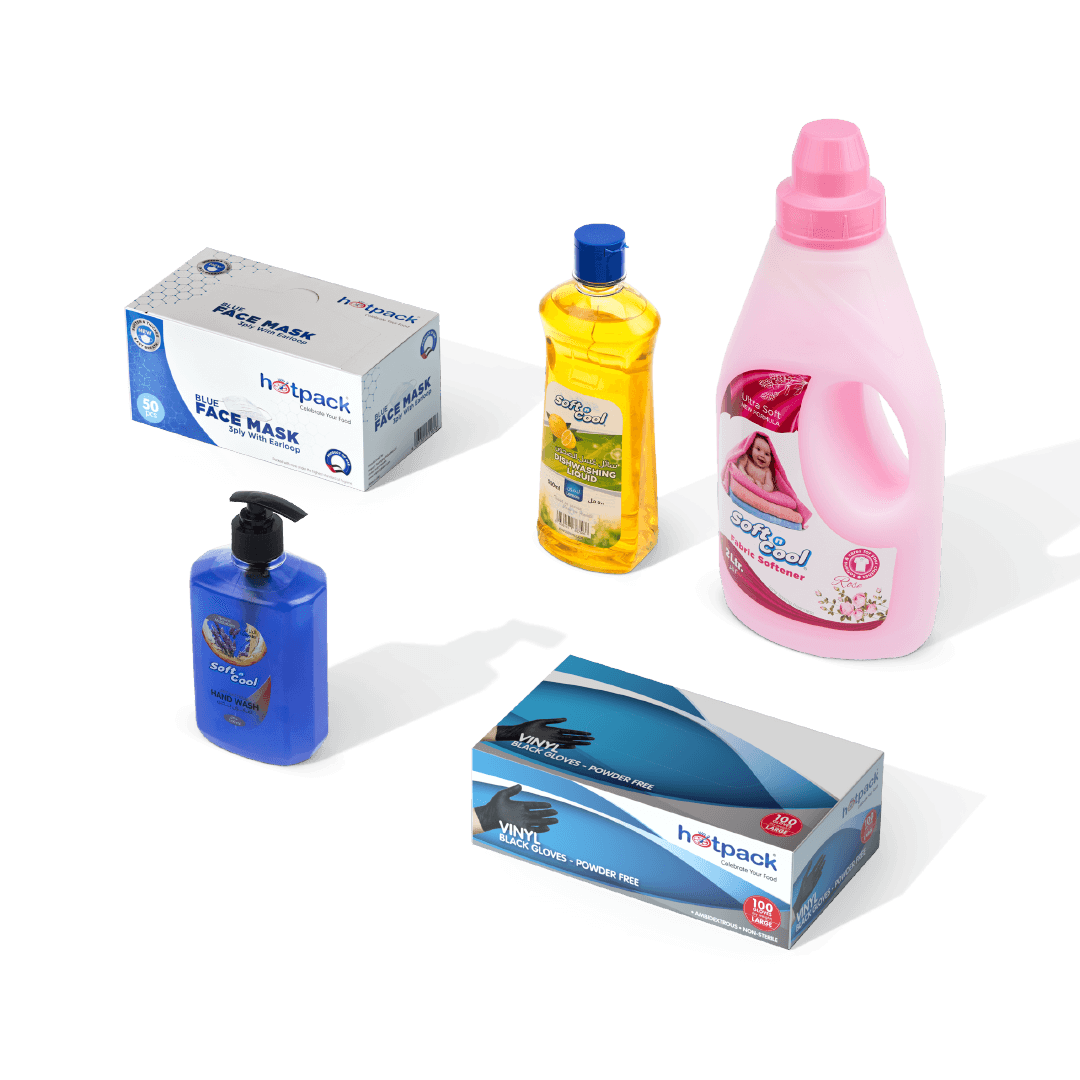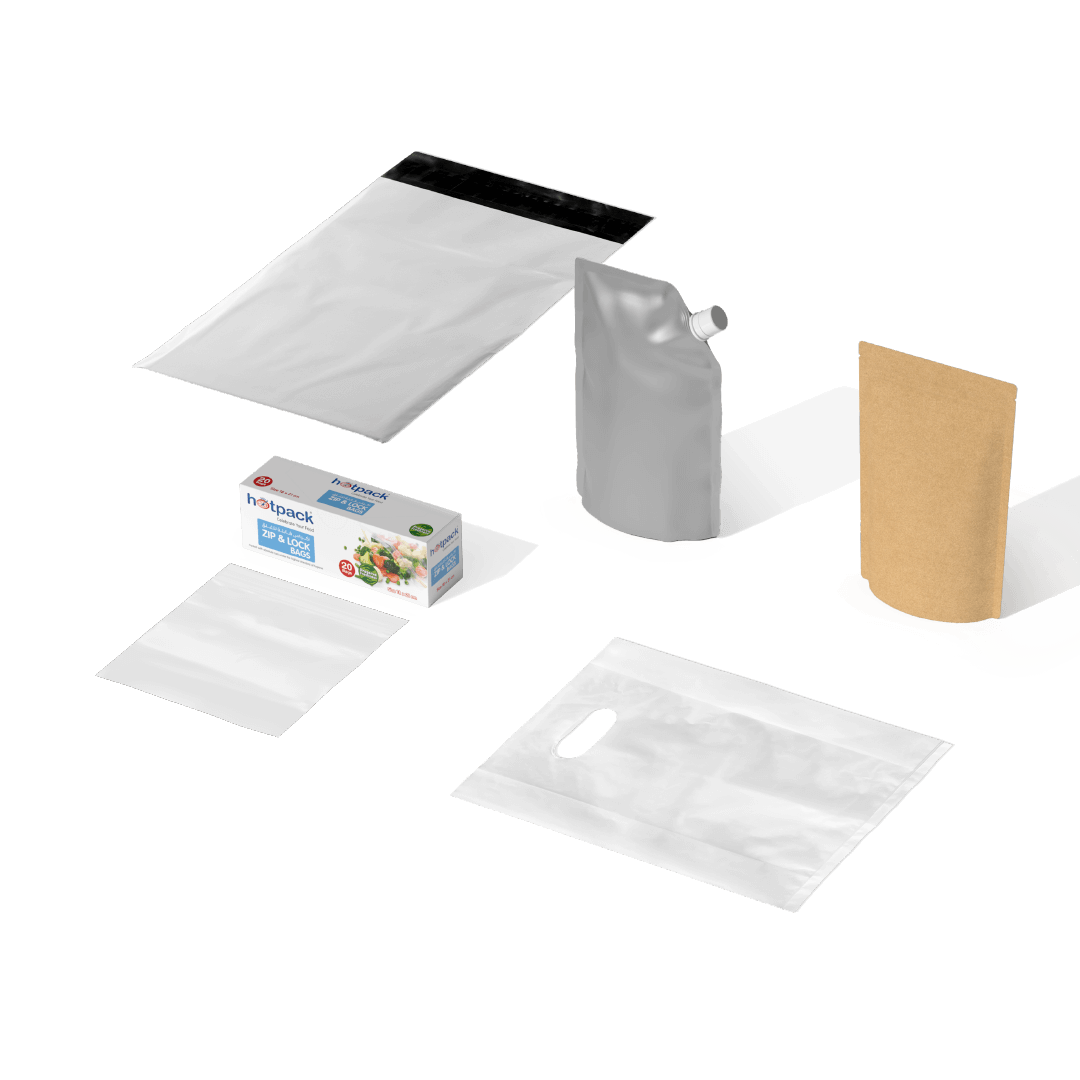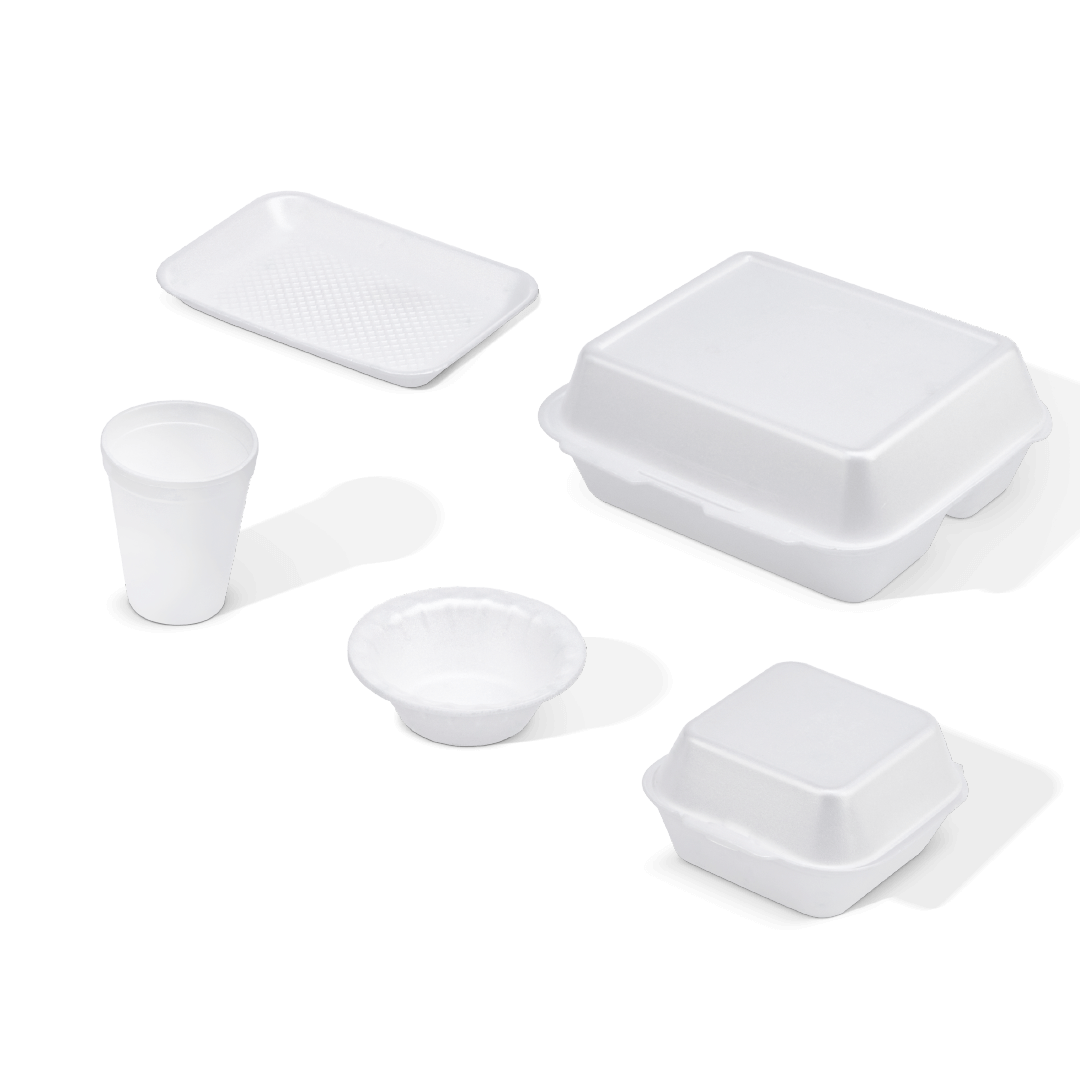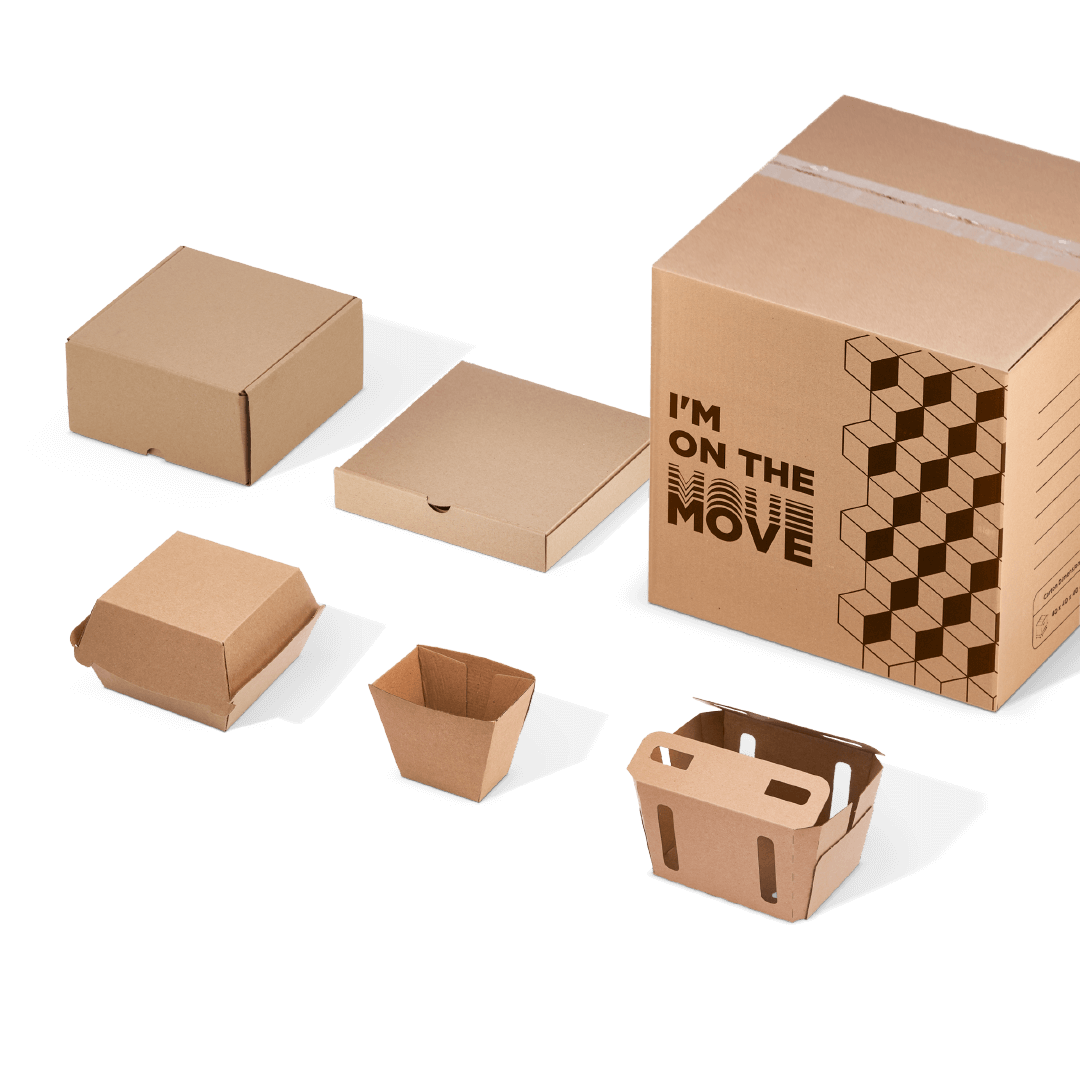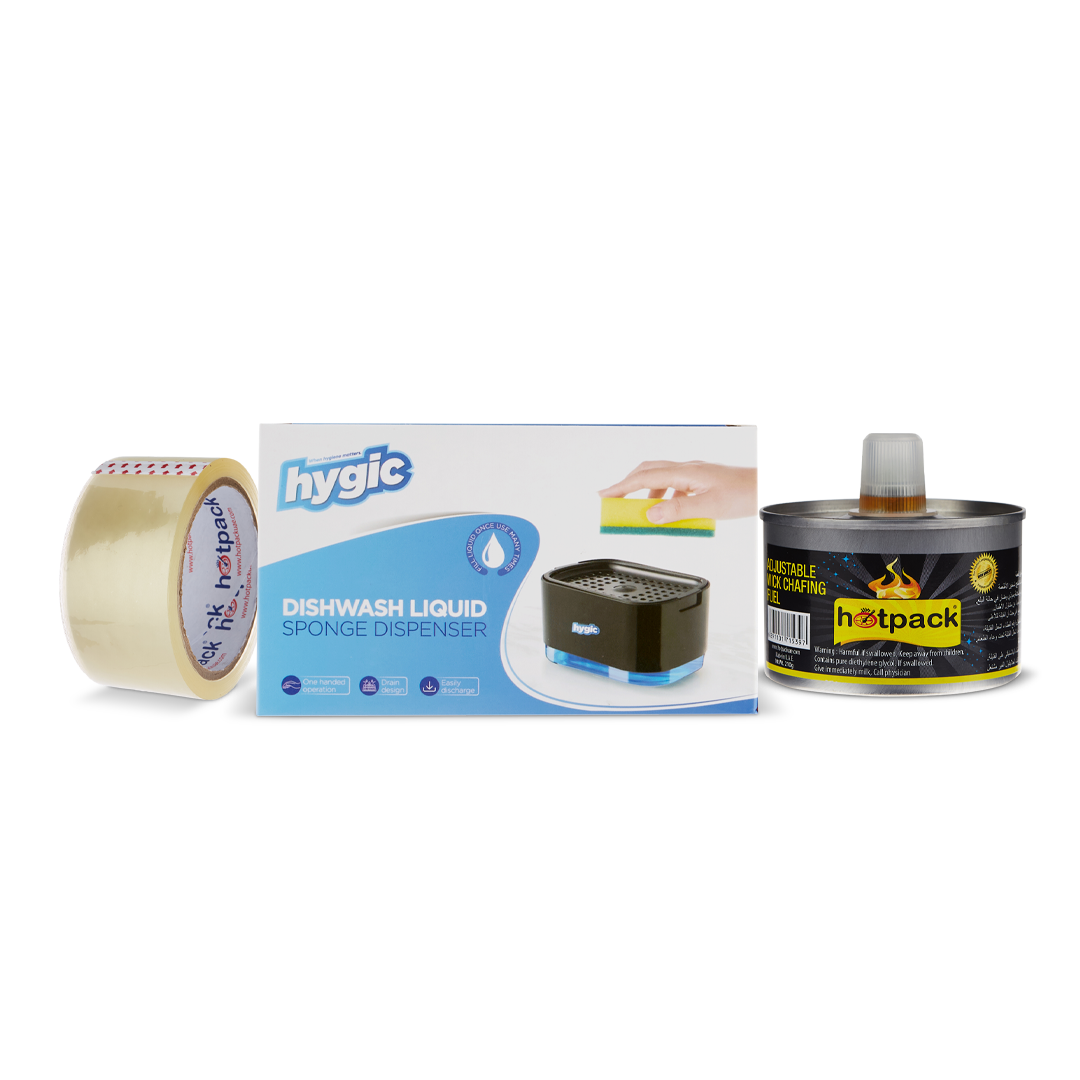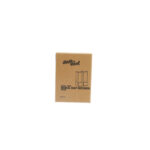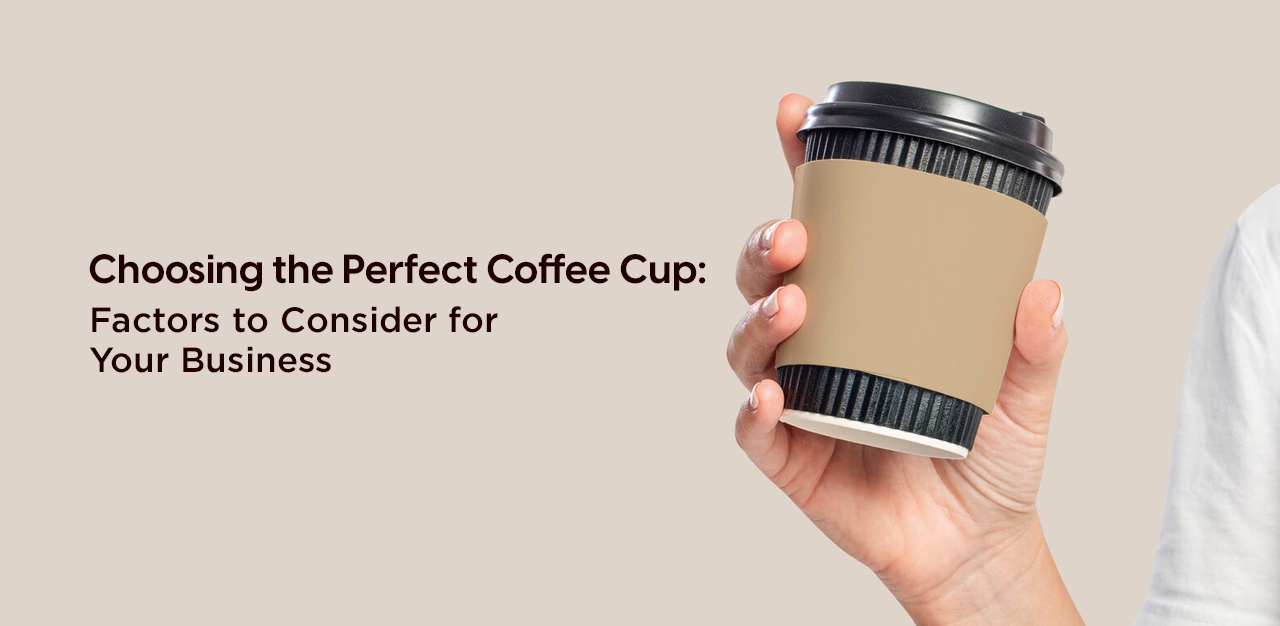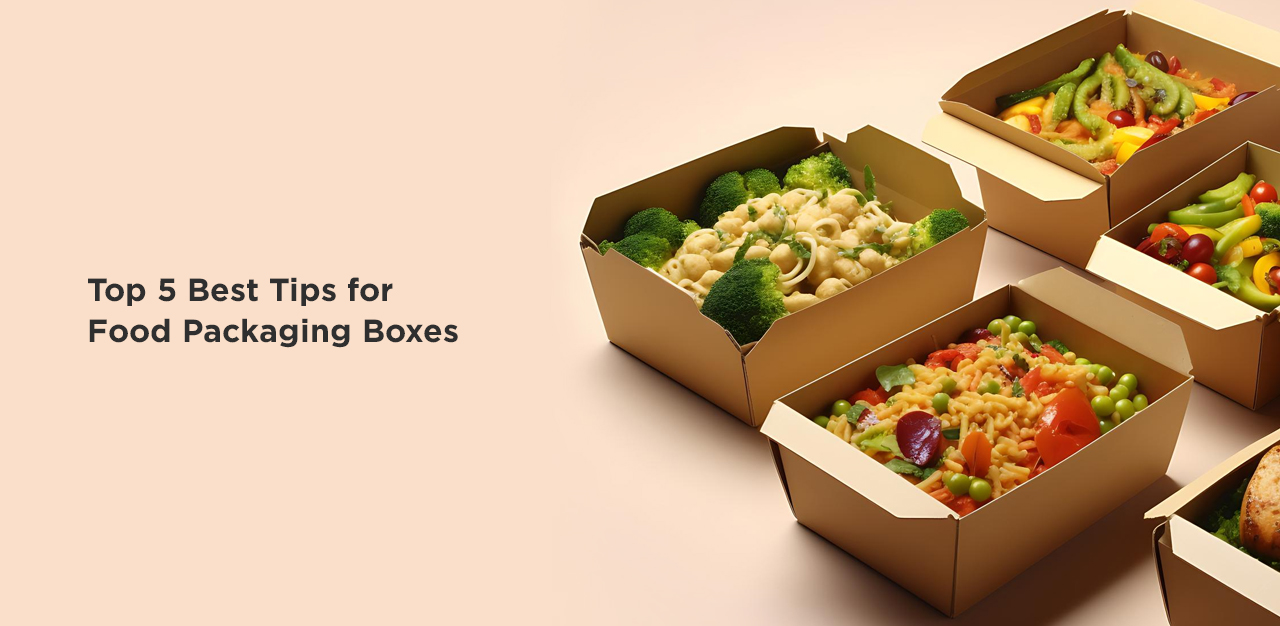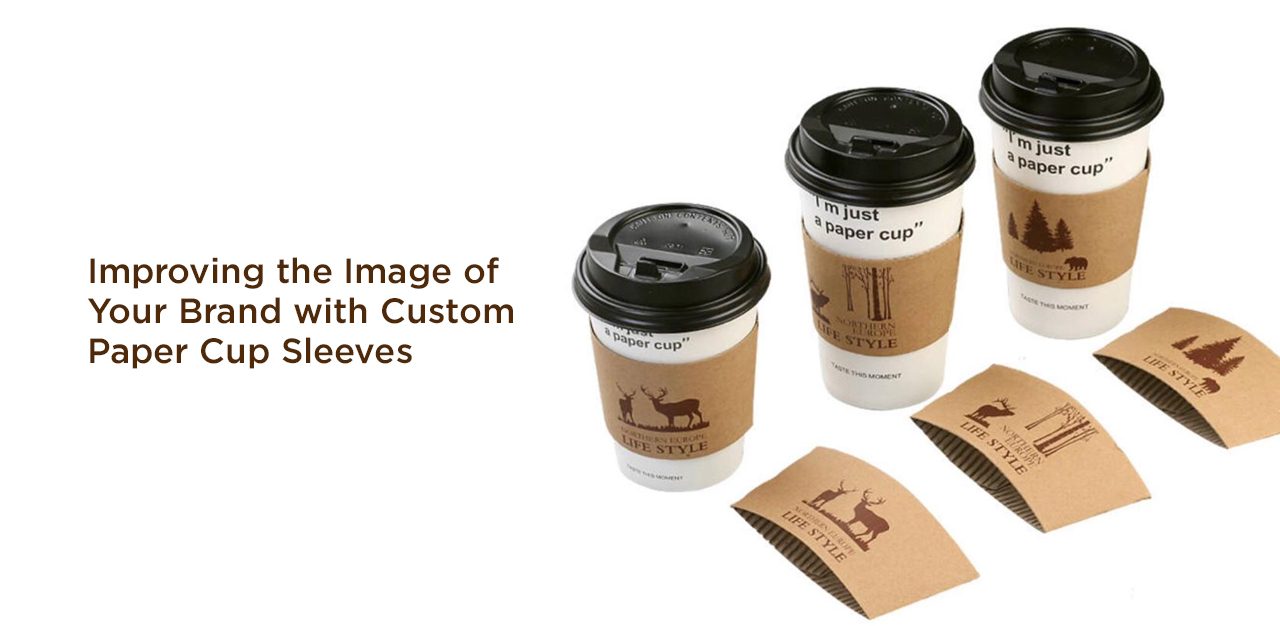The right food packaging is important when operating a food business. A wholesale food packaging container enables you to purchase packaging in bulk and save on retail packaging. Nonetheless, due to the abundance of wholesale packaging solutions, picking the right solution becomes a complicated process. This ultimate guide will teach you how to choose the best food packaging containers and food packaging company for your business.
Firstly, we will discuss what to look for in food packaging containers at wholesale. Then, we will cover the most common types of containers. Thirdly, we will talk about custom branding and transparency considerations. Fourthly, we will cover how to get the best deals. Finally,
In conclusion, after reading this article, you will be equipped to source and select wholesale food packaging containers for your business.
Considerations for Food Packaging Containers for Wholesale
When evaluating food packaging containers wholesale, start by considering factors like:
- Materials
Take into account factors such as durability, food safety, sustainability, aesthetics, and cost. Some of the common materials are plastic, glass, metals, paper, and wood. Functionality: can it transport and endure heating, cooling, microwaves, and freezers? Density, permeability, rigidity levels, and chemical reactivity are among the characteristics that have to be taken into account when choosing the package.
- Sizes and Shapes
Select sizes and shapes that fit your food items and volumes, accounting for empty space versus product fill ratios. Will you need small or large batches? Standard shapes like boxes, jars, cans, or custom cuts ensure a size that meets your shelf space and storage warehouse configurations as well.
- Closures and Dispensing
Assess dispensing ease and closures like screwtops, push-pull lids, hinged lids or seals. The closure should preserve freshness via airtight seals, contain mess with spill-proofing, and make consumer access easy and intuitive. Also, examine tamper-evidence and child-proofing properties per food safety regulations.
- Branding
If branding your product, ensure the containers can be custom printed economically at wholesale quantities with your logo, imagery, nutritional information, etc. Seek vendors who are able to meet label compliance standards like FDA and USDA requirements.
- Lead times and minimums
Check lead times and order minimums. Inventory food packaging containers wholesale to prevent stockouts during busy seasons. Benchmark against historical or projected sales velocities by product and account for growth rates in safety stock buffers.
Common Types of Food Packaging Containers for Wholesale
- Plastic food containers
Durable options like PET, polypropylene, or rigid polystyrene come in shapes like jars, clamshells, cups, or trays – reusable and recyclable. Select BPA-free polymers meeting FDA/USDA food-grade designations.
- Glass Jars and Bottles
Ideal for sauces, oils, dressings, jams, etc. Glass offers transparency to showcase contents, microwave/oven/freezer safety, and a premium perceived quality. Evaluate O-ring seals and lid air tightness.
- Metal Cans, Drums, and Containers
Cans preserve food, are impermeable to air and light, and won’t leach chemicals. Stainless steel offers durability plus industrial-scale capacity with drums. Test seaming integrity per fill volume and processing heating.
- Cardboard Boxes
Corrugated cardboard boxes provide economical and custom-printed packaging for bulk dry goods like cereals, baking mixes, grains, etc., that are recyclable and biodegradable. Water-resistant coatings shield against moisture exposure.
- Paper Containers
Paper food packaging offers a renewable, compostable, and lightweight container option ideal for baked goods, takeout, and other food applications. Paper-based containers are easily printable for branding and can be coated or lined for water and grease resistance. Paper provides an eco-friendly and efficient food packaging solution for wholesale businesses seeking sustainable materials.
Getting the Right Branding and Design
To convey a consistent brand image, food packaging containers sourced wholesale should align with your overall visual identity and messaging through coordinated logos, colour schemes, materials, and styles. Pursue custom printing and labelling for these bulk containers so your branding is clearly visible, even on wholesale batches. Use transparent packaging types when possible to showcase product quality. Following these branding strategies not only promote customer recognition but also strengthens perceived quality by presenting a cohesive, high-end aesthetic across all packaging touchpoints between your company and end consumers.
Getting the Best Deals on Food Packaging Containers Wholesale
Strategies to obtain optimal pricing when procuring food packaging containers wholesale include sticking to basic, generic designs rather than developing costly custom container options. Bulk purchasing allows economies of scale in pricing. Maintain consistency in utilising common container sizes and configurations across your range of products. Default to readily available, off-the-shelf packaging selections before resorting to specialty custom containers that often carry price premiums. Compare quotes across a multitude of wholesale packaging suppliers and frequently inquire about current discount deals, overstock closeouts, or special savings opportunities. When suitable, reuse durable containers multiple times to slash costs. Finally, order wholesale batches proactively, with ample lead time buffer, to take advantage of the best available pricing rather than expedited shipments. Planning ahead nets significant savings.
Evaluating if You Have the Right Food Packaging Containers
Verifying the adequacy of chosen food packaging containers sourced wholesale involves several validation tests. Check seal integrity to ensure airtight and leakproof capability. Review suitability for freezer storage or microwave reheating if required for the application. Durability assessments during shipping, loading and unloading, and customer use prevent breakage failures. Cross-check alignment with existing branding style guides. Vet container reusability or recyclability claims if sustainability factors into purchase criteria. Confirm that capacity matches projected batch volumes for efficient scaling. Ergonomic testing by packaging trial samples checks that lids, dispensers, and closures open, dispense, and seal easily during consumer use. Distributing free product samples represents an excellent means of garnering end-user feedback to refine packaging functionality and the user experience. Iteratively conducting such hands-on testing and assessments confirms optimal food packaging selection while uncovering opportunities for incremental improvements.
Conclusion
Choosing food packaging containers wholesale might seem overwhelming initially. But by knowing what to look for, understanding common options, getting custom branding, finding the best prices, and evaluating carefully, you can make an informed decision. Partner with packaging suppliers who can guide you to the right selection based on factors like materials, sizes, shapes, branding potential, lead times, and minimums.
With the tips from this guide, you’ll source food packaging containers wholesale tailored to your unique business needs. This allows you to deliver an excellent branded experience, avoid waste in sizing or materials, and save substantially over retail packaging. Partner with the right supplier, test thoroughly, and ensure your food has packaging that conveys quality and aligns with your brand image. By conducting rigorous evaluations on container functional performance, validating selections to meet all technical and branding requirements, and choosing partners able to deliver customised, compliant, and affordable solutions, food businesses can optimise packaging value while excellently showcasing their products.

